BLOG
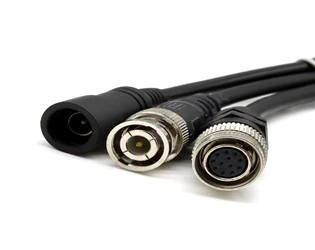
Can Coaxial Cable Adapters be used in high-frequency applications, and what are the limitations?
February 28, 2025
In the rapidly evolving world of wireless communication and RF technology, the demand for reliable high-frequency signal transmission has never been greater. As applications push into higher frequency ranges, engineers and system designers often question whether standard components like Coaxial Cable Adapters can keep pace with these demanding requirements. This comprehensive exploration delves into the capabilities and constraints of using coaxial adapters in high-frequency environments, providing critical insights for professionals seeking optimal performance in their RF systems. Coaxial Cable Adapters are indeed viable solutions for high-frequency applications, with modern designs supporting frequencies up to 40 GHz while maintaining signal integrity. Advanced Microwave Technologies' precision-engineered adapters enable seamless connectivity between different connector types and impedance matching across various system components. However, these adapters do face limitations at extremely high frequencies, including increased insertion loss, impedance mismatches, and potential signal degradation due to material constraints. The performance ceiling is typically determined by factors such as the adapter's physical dimensions, manufacturing precision, material quality, and connector interface design.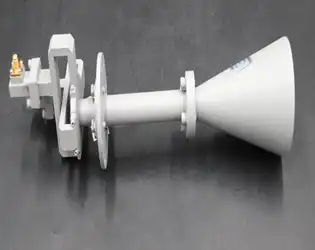
Can the Conical Dual Circular Polarization Horn Antenna Work Well in Harsh Environments?
February 27, 2025
In the demanding world of satellite communications, radar systems, and aerospace technologies, equipment reliability under adverse conditions is paramount. The Conical Dual Circular Polarization Horn Antenna has established itself as a critical component in these applications, but questions often arise about its performance in challenging environments. This blog explores the capabilities of this specialized antenna when exposed to extreme conditions, examining its design features, material properties, and operational characteristics that contribute to its resilience. Advanced Microwave Technologies Co., Ltd, with over 20 years of experience in microwave products, has engineered the Conical Dual Circular Polarization Horn Antenna to withstand harsh environmental factors while maintaining optimal signal quality and transmission efficiency. The Conical Dual Circular Polarization Horn Antenna is specifically designed to excel in hostile environments, from arctic cold to desert heat, from sea-level humidity to high-altitude aridity. Its robust construction utilizing high-grade aluminum offers exceptional durability against temperature fluctuations, while its sophisticated "OMT structure + linear circular polarizer + conical horn" configuration ensures consistent performance regardless of environmental challenges. With an operating temperature range of -40°C to +85°C, this antenna maintains superior signal reception and transmission even in extreme weather conditions. The dual circular polarization capability significantly reduces signal degradation caused by environmental interference, making it an ideal solution for mission-critical applications where reliability cannot be compromised, regardless of the surrounding conditions.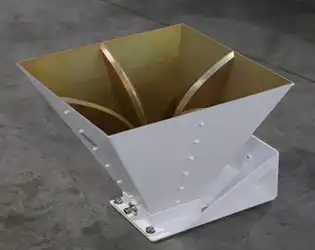
February 27, 2025
The Open Boundary Dual Linear Polarization Four Ridged Horn Antenna represents a significant advancement in antenna technology, offering remarkable advantages through its dual-linear polarization capabilities. This specialized feature enables the antenna to simultaneously transmit and receive signals in two perpendicular polarization planes, dramatically enhancing performance across numerous applications. The dual-linear polarization in the Open Boundary Dual Linear Polarization Four Ridged Horn Antenna significantly improves signal integrity by minimizing cross-polarization interference, which is crucial in complex electromagnetic environments. Additionally, this feature provides polarization diversity that enhances system resilience against multipath fading and increases channel capacity, making it an exceptional choice for modern communications, radar systems, and testing applications where signal quality and reliability are paramount.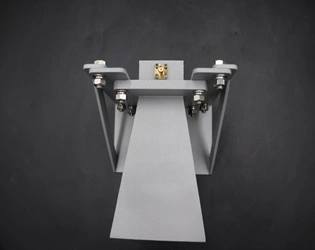
February 27, 2025
The Ultra Wideband Double-ridged Horn Antenna represents a significant advancement in antenna technology, offering remarkable improvements over conventional horn antennas. Traditional horn antennas, while effective for many applications, often face limitations in bandwidth, frequency range, and signal quality that the Ultra Wideband Double-ridged Horn Antenna elegantly overcomes. With its innovative double-ridged waveguide design, this cutting-edge antenna delivers exceptional performance across an impressively broad frequency spectrum ranging from 1 GHz to 110 GHz. The Ultra Wideband Double-ridged Horn Antenna stands apart due to its superior bandwidth capabilities, enhanced gain stability, reduced signal distortion, and compact form factor. These unique features make it an ideal solution for demanding applications in satellite communications, defense systems, aerospace technology, and telecommunications infrastructure where precision and reliability are paramount.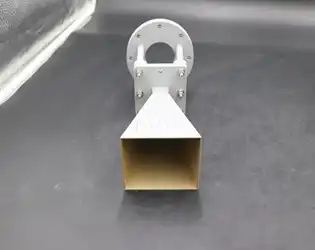
What are the advantages and disadvantages of a Standard Horn Antenna?
February 26, 2025
Standard Horn Antennas represent one of the most fundamental components in microwave engineering, serving as critical elements in signal transmission and reception across various applications. These specialized antennas, characterized by their distinctive flared waveguide structures, offer a unique combination of performance characteristics that make them simultaneously invaluable and, in certain contexts, limiting. Advanced Microwave Technologies Co., Ltd, with over two decades of experience manufacturing high-quality microwave products, has developed extensive expertise in the design and production of Standard Horn Antennas that balance these inherent trade-offs to deliver optimal performance across diverse use cases.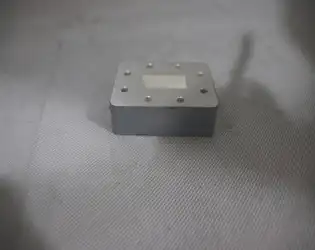
What are the main differences between a regular waveguide short and a Waveguide Offset Short?
February 26, 2025
When exploring the world of microwave engineering and radio frequency applications, understanding the nuances between various waveguide components becomes crucial for optimal system performance. One common question that arises among engineers and technical professionals is regarding the difference between a regular waveguide short and a Waveguide Offset Short. These components, while similar in their fundamental purpose of reflecting microwave signals, have distinct characteristics that make them suitable for different applications. In this comprehensive guide, we will explore the key differences between these two types of waveguide shorts, their operational principles, and how they impact the performance of microwave systems.
What Materials Are Commonly Used in the Manufacturing of Waveguide Tubes?
February 26, 2025
The selection of appropriate materials in waveguide tube manufacturing is critical for ensuring optimal microwave signal transmission across various applications. Waveguide tubes, fundamental components in microwave and millimeter-wave systems, require specific materials to maintain signal integrity and meet performance requirements. In today's advanced communications landscape, materials like aluminum, copper, brass, and specialized alloys are predominantly employed due to their excellent electrical conductivity, mechanical properties, and customizability. Elliptical Waveguide designs, in particular, benefit from carefully selected materials that can maintain the precise geometry needed for effective signal propagation while providing the structural integrity required for both indoor and outdoor installations.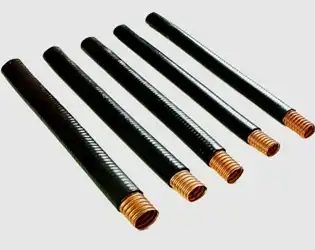
February 25, 2025
In the realm of microwave transmission systems, the choice of waveguide geometry plays a crucial role in determining transmission efficiency and performance. Elliptical Waveguides have emerged as a superior alternative to traditional rectangular waveguides, particularly in long-distance transmission applications. These specialized components offer remarkable advantages in signal integrity, power handling capability, and overall system efficiency. Advanced Microwave Technologies Co., Ltd, with over two decades of experience in microwave products, has been at the forefront of developing and manufacturing high-performance Elliptical Waveguides that meet the demanding requirements of modern communication systems.




